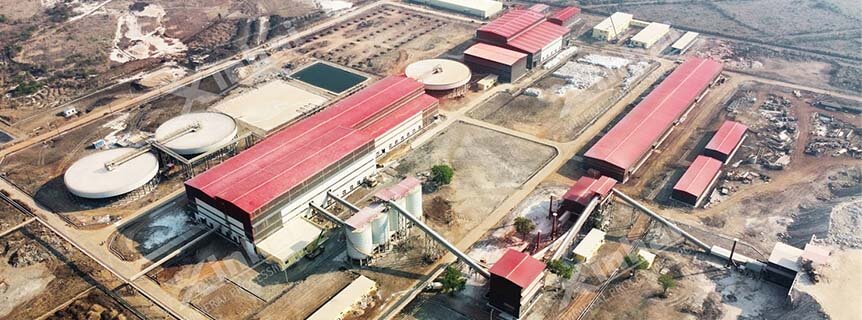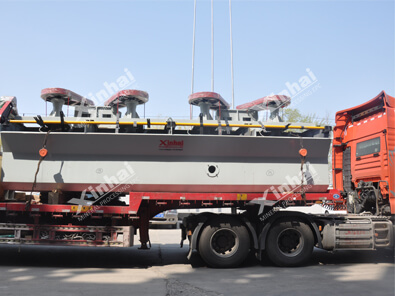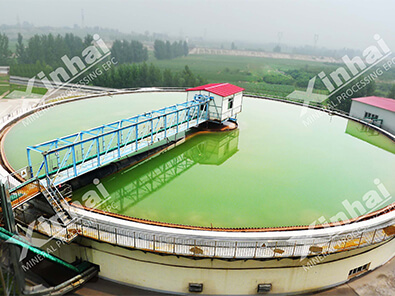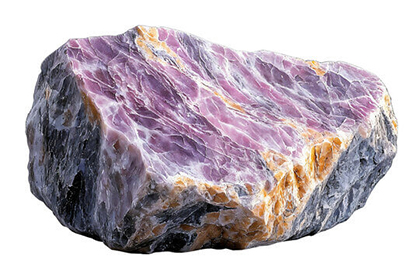Extraction of Lithium from Its Ore: What You Need to Know
 Laura
Laura
 Jan 23, 2025
Jan 23, 2025
 1955
1955
If you want to know more details about equipment, solutions, etc, please click the button below for free consultation, or leave your requirements!
( Zimbabwe lithium ore processing plant )
01 What is Lithium?
BackLithium is a soft, silvery-white alkali metal, classified as one of the lightest metals. It has unique electrochemical properties, making it ideal for battery applications. The most common lithium ores include spodumene, lepidolite, and petalite, with spodumene being the most economically viable source.
02 Methods of Lithium Extraction
BackThe extraction of lithium from its ore primarily involves two methods: hard rock mining and lithium brine extraction. Each method has its own processes, advantages, and challenges.
1). Hard Rock Mining
Hard rock mining is the most common method for extracting lithium from spodumene ore. The process typically involves the following steps:
a. Crushing and Grinding
The first step in hard rock lithium extraction is crushing the ore to reduce its size. The crushed ore is then ground into a fine powder to liberate lithium-containing minerals.
(Learn more about crushing equipment and grinding equipment)
b. Concentration
After grinding, the ore undergoes a concentration process to separate lithium-bearing minerals from the waste material. This is often achieved through gravity separation, flotation, or magnetic separation.
c. Roasting
The concentrated spodumene is then roasted at high temperatures (approximately 1,000 to 1,200 degrees Celsius) to convert the lithium into a more soluble form. During roasting, spodumene is transformed into β-spodumene, which is more amenable to subsequent extraction processes.
d. Leaching
Following roasting, the β-spodumene is subjected to a leaching process using sulfuric acid or other solvents. This step dissolves the lithium, allowing it to be separated from other minerals.
e. Precipitation
Once lithium is dissolved, it is precipitated out of the solution, usually in the form of lithium carbonate or lithium hydroxide, depending on the desired end product.
2). Lithium Brine Extraction
Lithium brine extraction involves pumping lithium-rich brine from underground reservoirs to the surface, where it evaporates in large, shallow ponds. This method is typically used in regions with high evaporation rates, such as the Salar de Uyuni in Bolivia or the Lithium Triangle in South America.
a. Pumping
Brine is pumped from underground aquifers to evaporation ponds. The brine typically contains lithium, potassium, and other minerals.
b. Evaporation
Once in the ponds, the brine is left to evaporate under the sun. As the water evaporates, the concentration of lithium increases. This process can take several months, depending on weather conditions.
c. Processing
After sufficient evaporation, the concentrated brine is processed to extract lithium. This involves filtration and chemical treatment to precipitate lithium carbonate or lithium hydroxide, similar to hard rock extraction.
03 Challenges in Lithium Extraction
BackWhile the extraction of lithium from its ore is essential for meeting global demand, several challenges must be addressed:
1. Environmental Impact
Both hard rock mining and brine extraction have environmental implications. Hard rock mining can lead to habitat destruction, water pollution, and soil degradation. In contrast, lithium brine extraction can deplete local water resources, affecting surrounding ecosystems and communities.
2. Resource Scarcity
As demand for lithium grows, the availability of economically viable lithium deposits may become limited. This can lead to increased competition for resources and higher extraction costs.
3. Technological Advancements
The extraction processes for lithium are continually evolving. Research into more efficient and environmentally friendly extraction methods is ongoing, but there are still technological barriers to overcome.
04 Sustainable Practices in Lithium Extraction
BackTo address the challenges associated with lithium extraction, the industry is increasingly focusing on sustainable practices:
1. Reducing Water Usage
Innovative technologies are being developed to minimize water consumption during extraction processes, particularly in brine extraction. Closed-loop systems and advanced filtration methods can help conserve water resources.
2. Environmental Rehabilitation
Mining companies are implementing rehabilitation plans to restore mined areas to their natural state. This includes replanting vegetation and ensuring that local ecosystems are protected.
3. Recycling Lithium
As the demand for lithium grows, so does the interest in recycling lithium from used batteries. Developing efficient recycling processes can reduce the need for new lithium extraction and minimize waste.
4. Community Engagement
Engaging local communities in the decision-making process and ensuring that they benefit from mining operations can enhance social acceptance and promote sustainable practices.
05Conclusion
BackThe extraction of lithium from its ore is a complex yet vital process that supports the growing demand for lithium-ion batteries in various applications. Understanding the methods of extraction, the challenges faced, and the importance of sustainable practices is essential for the future of lithium mining. As technology advances and the industry adapts to meet environmental concerns, lithium extraction can continue to play a crucial role in powering a sustainable future. By prioritizing responsible practices, the lithium industry can contribute to a greener economy while supporting the needs of a rapidly evolving technological landscape.
Contact us and learn more about extraction of lithium and cost of lithium plant!
 +86 183 3575 8886
+86 183 3575 8886 pinklaurabao@gmail.com
pinklaurabao@gmail.com




 Message
Message Chat Now
Chat Now




















